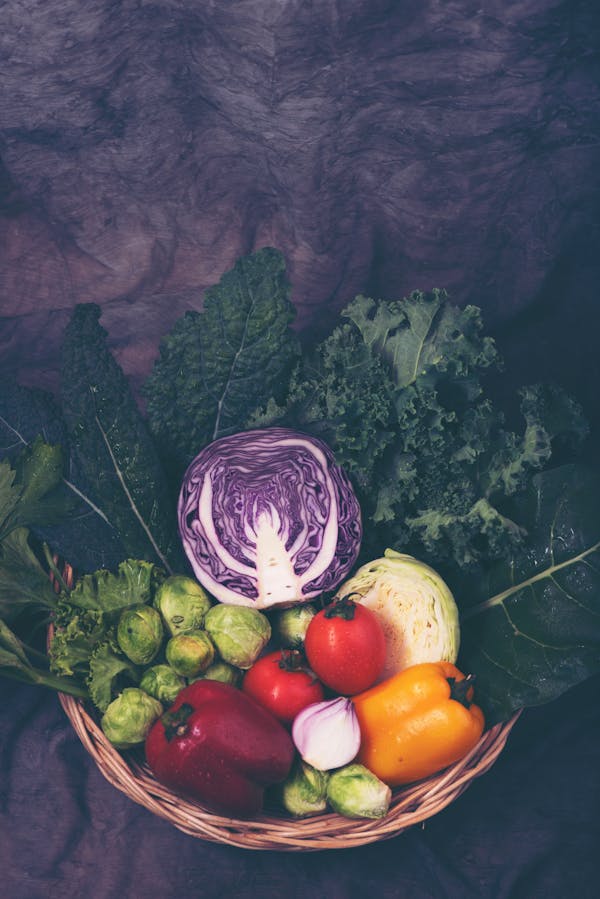The Yew Tree's Secret and a Modern Problem
For decades, one of the most powerful weapons against cancer has been hidden in the bark of a slow-growing, unassuming tree: the Pacific yew. The drug Taxol (paclitaxel), derived from this tree, is a cornerstone of treatment for breast, ovarian, and lung cancers. But there's a catch. It takes the bark of roughly three 100-year-old trees to treat just one patient. This is neither sustainable nor scalable, making the drug expensive and its supply precarious.
What if we could brew this complex medicine like beer? This is the ambitious goal of synthetic biology: to reprogram simple organisms, like the common gut bacterium Escherichia coli (E. coli), to become microscopic factories that churn out valuable compounds. Scientists have made incredible strides, but a critical, intricate hurdle has remained—a molecular dependency issue deep within the engineered cells. Recent research has now found a way to overcome this, optimizing the process and bringing us closer to a future of reliable, affordable, and sustainable cancer treatments.

The Pacific yew tree, source of the original Taxol compound.
The Cellular Assembly Line: From Simple Sugar to Complex Medicine
Imagine a microscopic factory inside a single bacterial cell.
The Key Players: Enzymes
This transformation is done by enzymes, which are biological catalysts or specialized molecular machines. Each enzyme performs one specific job, like adding a single piece to a growing molecular puzzle.
The Workhorses
Most of the initial steps are handled by a class of enzymes that are relatively easy for bacteria to produce. They efficiently build the core "scaffold" of the Taxol precursor, a molecule called taxadiene.
The Specialists
The final, most crucial steps are performed by a superstar family of enzymes called cytochrome P450s. These enzymes are like master craftsmen, capable of performing chemistry that is incredibly difficult to replicate in a lab. They add essential oxygen atoms to the taxadiene scaffold, activating it and turning it into the potent, functional drug precursor (taxadien-5α-ol).

Visualization of enzyme activity at the molecular level.
The Problem: A Toxic Relationship and a Supply Chain Bottleneck
Toxic Overload
The bacterial cell sees the highly active P450 enzyme as a foreign threat. Producing too much of it too quickly is toxic and slows down the entire cellular factory.
The Dependency
The P450 enzyme is utterly useless without its CPR partner. If the CPR isn't produced in the right amount, at the right time, and in the right location, the P450 just sits idle, and the production line grinds to a halt.
The Interdependency Problem
This interdependency creates a fragile and inefficient system. Tuning the production of one enzyme affects the other, making optimization a nightmare. Scientists needed a way to break this dependency and put the P450 enzyme on a reliable, independent power supply.
A Deep Dive into the Fix: Rewiring the Bacterial Circuitry
A groundbreaking study tackled this problem head-on.
Step 1
Identify the Weak Link
Started with a baseline strain of E. coli already engineered to produce taxadiene. Introduced genes for P450 and CPR.
Result: Low yield. Inefficient system.
Step 2
Finding a Better Partner
Screened various CPRs from other plants to find one that worked more efficiently with their specific P450 enzyme.
Step 3
The Masterstroke – Decoupling
Engineered the bacterial cell's own electron transport machinery to directly power the P450 enzyme, creating a standalone, self-sufficient "chimera" enzyme.
Step 4
Fine-Tuning the Factory
Placed the gene for the new fused enzyme under a precisely tunable genetic "switch" to control production and avoid toxicity.

Researchers fine-tuning bacterial cultures in the lab.
Results and Analysis: A Dramatic Leap in Production
Table 1: The Impact of Electron Source on Production Efficiency
| Engineered System | Electron Source | Key Feature | Relative Production Yield |
|---|---|---|---|
| Original Setup | Heterologous CPR (Plant Partner) | Interdependent, prone to toxicity | Low (Baseline = 1x) |
| Decoupled System | Native Bacterial Proteins (Fusion) | Self-sufficient, non-toxic | ~570% Increase (5.7x) |
Analysis: By eliminating the dependency on a separate partner protein and tapping into the bacterium's own robust energy supply, the efficiency of the oxygenating reaction skyrocketed. This was the single most important change.
Production Yield Comparison
Conversion Efficiency
Table 3: The Final Tally - Combining All Optimizations
| E. coli Strain Description | Taxadiene produced (mg/L) | Oxygenated Product (Taxadien-5α-ol) produced (mg/L) | Conversion Efficiency |
|---|---|---|---|
| Baseline Strain (With interdependent P450/CPR) | 100 | ~5 | ~5% |
| Optimized Strain (Decoupled, timed system) | 130 | ~28.5 | ~22% |
Analysis: The complete engineered system not only produced more of the final drug precursor but also did so more efficiently, converting a much larger fraction of the raw material (taxadiene) into the valuable end product. This holistic optimization is the key to commercial viability.
The Scientist's Toolkit: Building a Microbial Chemical Plant
Plasmid Vectors
Small, circular DNA molecules used to "smuggle" new genes into the E. coli cell.
Tunable Promoters
Genetic "switches" that control when and how strongly a gene is turned on.
Flavodoxin/Fre System
The native bacterial electron transfer proteins fused to the P450 enzyme.
Chromatography-Mass Spectrometry
Analytical technique to identify and measure chemicals in a sample.
Bioreactor Fermenters
Containers used to grow vast quantities of engineered E. coli.
Conclusion: A Blueprint for the Future of Medicine
This research is about far more than just one cancer drug. It provides a powerful blueprint for overcoming one of the most persistent challenges in synthetic biology: the heterologous protein interdependency problem.
By rationally designing enzymes to work in harmony with their host's native machinery, scientists are moving from brute-force genetic engineering to elegant genetic design. The lessons learned from teaching E. coli to make Taxol precursors are now being applied to produce other complex molecules—from other plant-based anti-cancer drugs like vinblastine to essential oils, biofuels, and even new materials.
The dream is a future where life-saving medicines are not scarce products of ancient trees, but are brewed sustainably in gleaming bioreactors, making them accessible to all who need them.
This work is a definitive and sophisticated step towards turning that dream into a reality.
References
References will be listed here